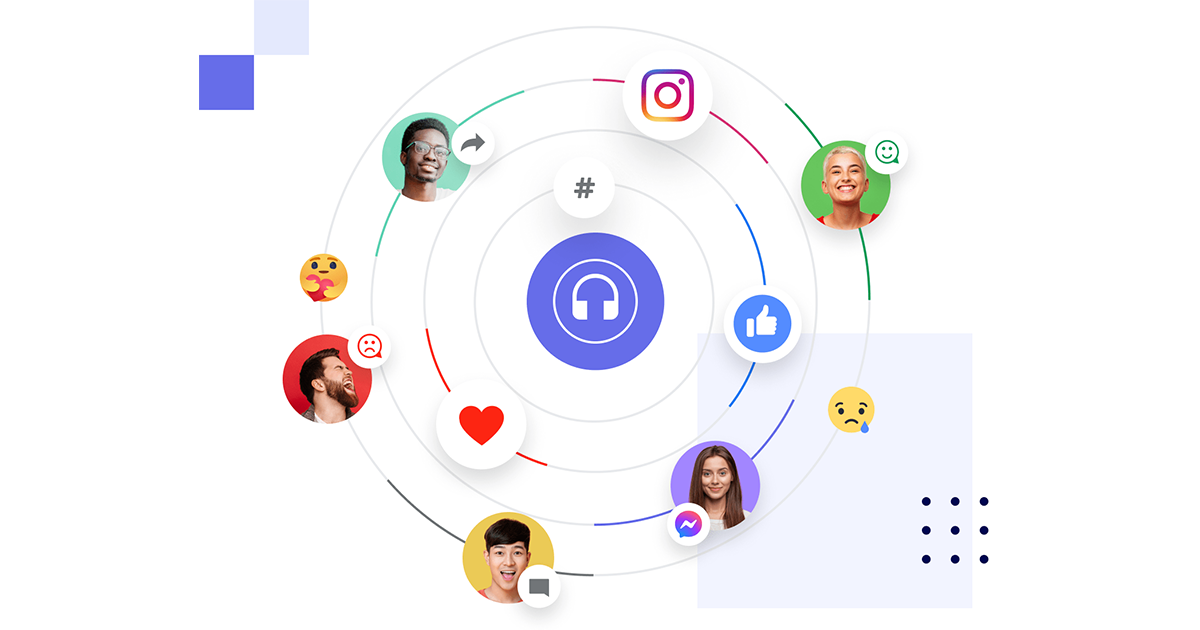In the dynamic world of digital marketing, understanding and connecting with your audience is paramount. Social listening keywords have emerged as a powerful tool for deciphering the pulse of your online community. In this article, we’ll delve into the intricacies of social listening keywords, exploring their significance, implementation, and impact on SEO.
Social Listening Keywords: Decoding Digital Conversations for Business Success

Why Social Listening Matters in Digital Marketing
1. Understanding Audience Sentiments
Social listening allows brands to tune in to what their audience is saying, providing invaluable insights into sentiments and preferences. It’s a window into the collective mind of your consumers.
2. Monitoring Brand Reputation
Maintaining a positive brand image is crucial. Social listening helps track mentions, enabling timely responses to mitigate potential reputation issues.
3. Identifying Market Trends
Staying ahead in the market requires being attuned to trends. Social listening empowers businesses to identify emerging topics and adapt their strategies accordingly.
The Role of Keywords in Social Monitoring
1. Connecting with the Audience
Choosing the right keywords ensures your content resonates with your target audience. It’s about speaking their language and addressing their needs.
2. Improving Content Strategy
Social listening keywords guide content creation, ensuring it aligns with current discussions and interests. This strategic approach enhances engagement.
3. Boosting SEO Efforts
The synergy between social listening keywords and SEO is undeniable. Integrating these keywords into your content enhances search engine visibility, driving organic traffic.
Choosing the Right Social Listening Keywords
1. Tools for Keyword Research
Several tools facilitate effective social listening keyword research. From free options like Google Trends to comprehensive paid platforms like AIM Insights, businesses have a range of choices.
2. Analyzing Competitor Keywords
Understanding what keywords your competitors target provides a competitive edge. Analyze their strategies to identify gaps and opportunities in your approach.
Implementing Social Monitoring Keywords on Social Media Platforms
1. Tailoring Content for Different Platforms
Each social media platform has its language and trends. Adapting your content to suit the nuances of each platform maximizes its impact.
2. Utilizing Hashtags Effectively
Hashtags are the currency of social media conversations. Crafting relevant and unique hashtags amplifies your content’s reach and engagement.
Conclusion
In a world buzzing with digital noise, social listening keywords act as a guiding light for businesses. They unveil the desires and concerns of your audience, providing a roadmap for effective engagement and content creation.
Ready to unlock the potential of social listening keywords for your business? Request a demo from AIM Technologies today!
FAQs
What tools are recommended for social monitoring keyword research?
- Answer: Various tools such as AIM Insights, Mention, and Google Trends are widely used for social listening keyword research.
How often should businesses update their social monitoring keyword strategies?
- Answer: Regular updates are essential. Aim for at least quarterly reviews to align with shifting trends and audience preferences.
Can social listening keywords replace traditional market research?
- Answer: While powerful, social monitoring keywords should complement, not replace, traditional market research methods for a comprehensive understanding.
Are there any industries where social monitoring keywords are more crucial?
- Answer: Industries heavily reliant on consumer sentiments, such as hospitality and retail, find social monitoring keywords particularly crucial.
How do social monitoring keywords impact small businesses differently?
- Answer: Social monitoring keywords level the playing field, allowing small businesses to understand their audience and compete effectively in the digital landscape.




